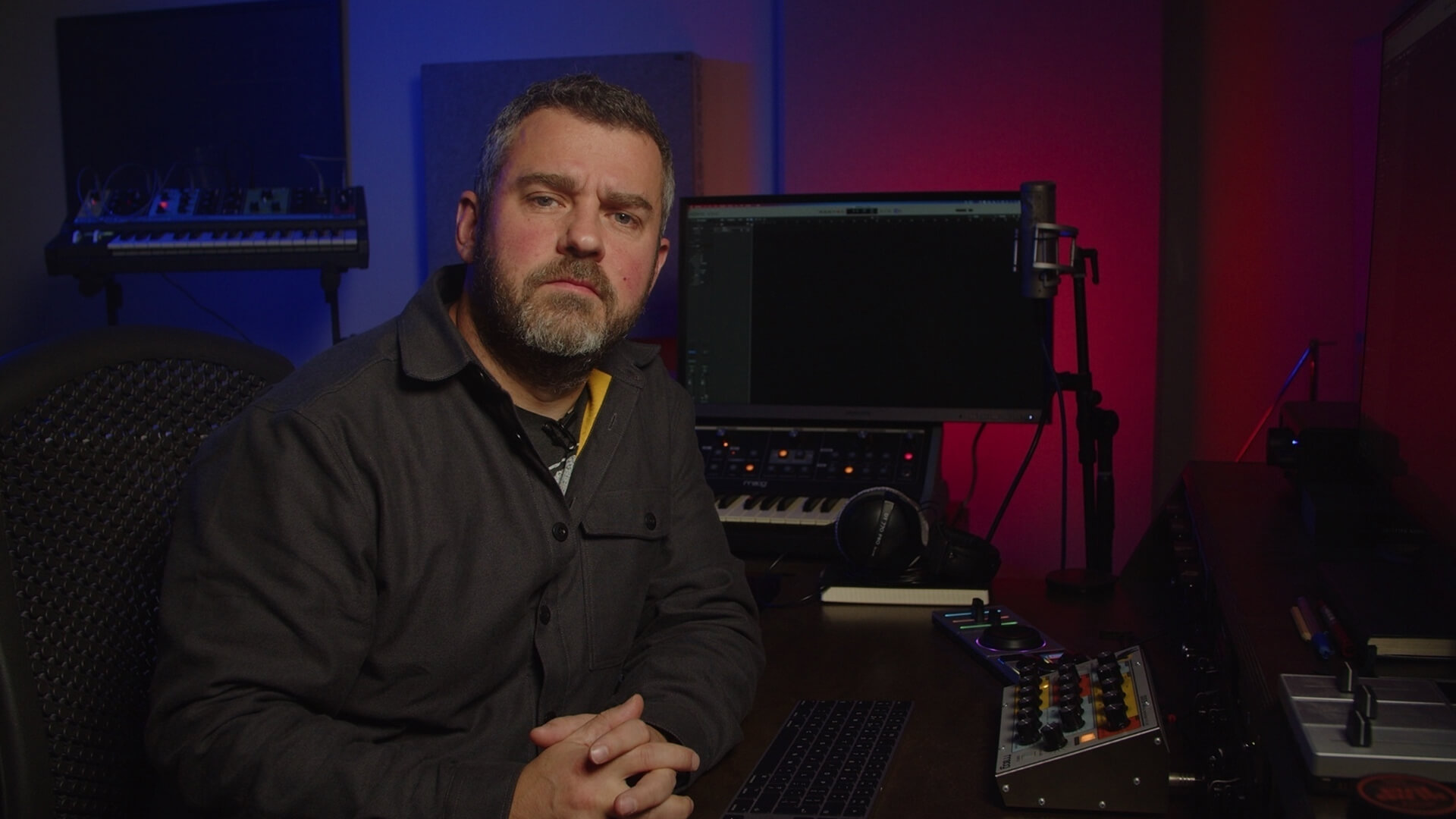Are you a musician who is doing home recordings and struggling to get your mix right? Then worry no more! This article will discuss important practices and bus processing – this can help you polish your tracks and achieve a professional-sounding mix.
Two integral aspects of mixing are bus processing and general mixing practice, which we will explore in detail. Whether you’re a seasoned home recording musician or just starting, by the end of this article, you’ll better understand how to achieve a cohesive and polished mix.
RELATED: Get Jono Buchanan’s NEW Science of Sound Course all about Bus Processing >
Bus Processing:
As the name suggests, bus processing refers to processing multiple tracks together as a group rather than treating them individually. This method helps to create a cohesive sound and adds glue and warmth to the mix.
The main advantage of bus processing is that it saves valuable time when dealing with multiple tracks.
Here are a few tips on using bus processing:
1. Group tracks with a similar role, such as drums, bass, guitars, and vocals. This way, you can apply processing to the entire group, and everything will be affected uniformly.
2. Use EQ to create more space for each instrument. For example, apply a high-pass filter to the bass track, thus leaving space for the kick drums.
3. Compress the group to add cohesion to the mix.
4. Use reverb or delays to create depth and dimension.
General Mixing Practice:
General mixing practice refers to the techniques used to create a balanced and clean mix. Here are a few essential practices that you can use to achieve this:
1. Start by setting the levels of every track in your mix. Ensure it’s well balanced, and no track is too loud or soft.
2. Use EQ to clean up any unnecessary frequencies and ensure that each instrument has a unique space in your mix, as EQ helps create a perfect balance in your mix.
3. Use compression to make your mix come together. Compression helps to even out the volume and add a bit more punch to your mix.
4. Pan your tracks to give them a place in the stereo field. Make sure all your instruments aren’t piled up in the center, but take advantage of the stereo field to create width.
5. Use automation to add more movement to your mix.
In conclusion, bus processing and general mixing practice are essential techniques to take your home recordings to the next level. Being creative and daring with mixing always pays off in terms of creating a unique and pleasant listening experience for your audience.
If you are a musician doing home recordings, the above techniques will help you improve your mixes and ultimately achieve a professional sound. So, dive into bus processing and general mixing practice and bring out the best of your music. Happy mixing!
RELATED: Get Jono Buchanan’s NEW Science of Sound Course all about Bus Processing >
